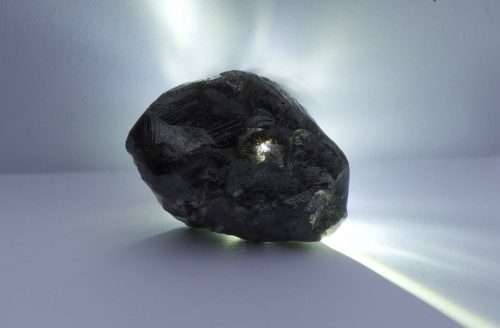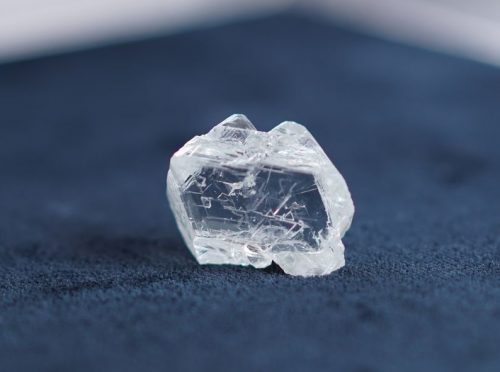
The Guangzhou Diamond Exchange (GZDE) has signed a strategic cooperation agreement with China’s major synthetics suppliers to develop and promote lab-grown diamonds in the country.
The parties signed the contract last week during a forum on the benefits of synthetic stones that took place during the 2019 China International, Gold Jewellery & Gem Fair in Shenzhen.
The partnership is an effort to provide consistent demand for lab-grown diamonds in China’s fluctuating market, GZDE, which is not a member of the World Federation of Diamond Bourses, said Tuesday.
“The high-tech genes of lab-grown diamonds, the ability [for] stable supply, and its outstanding appearance, [which is the] same as natural diamonds, have opened a window for this new material,” said GZDE chairman Zhu Yongsheng. “In addition to the innovative application in jewelry through creative design, it could [create] cross-border development with other industries.”
The GZDE will promote lab-grown-diamond trading as a separate business, with synthetics dealers using a new GZDE logo that references them as a lab-grown seller, the exchange added.
Clarification, April 28, 2019: This story has been updated to clarify that the Guangzhou Diamond Exchange is not a member of the World Federation of Diamond Bourses.
Image: Lab-grown diamond exhibit at the forum. Guangzhou Diamond Exchange
Source: Diamonds.net




